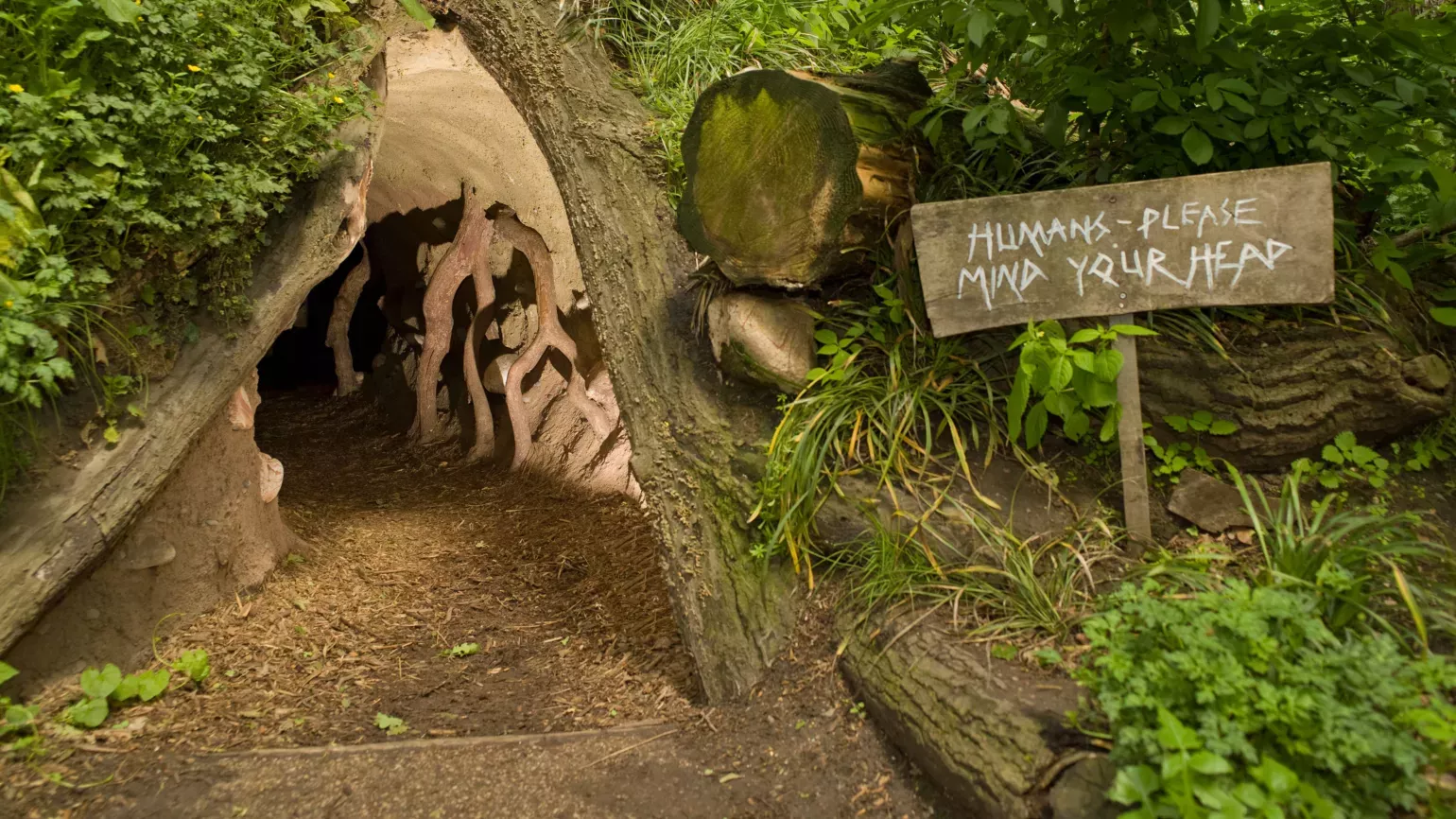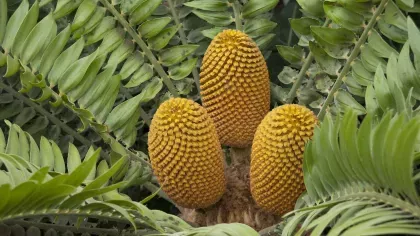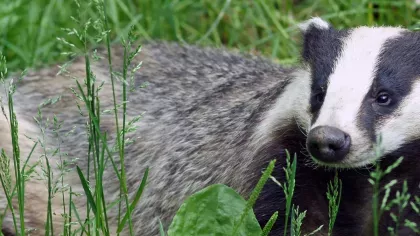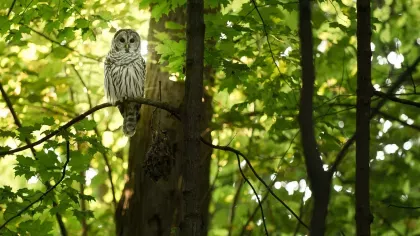3 April 2019
What can you spot in Kew's Natural Area?
Head down to the Natural Area this Easter to see some amazing British wildlife.

Insect heaven
Get to know our woodland insects with a trip to our bug hotels.
Ladybirds, centipedes, beetles and spiders can often be found looking for a place to stay. Our bug hotels provide a cosy home for them to live which shelters them from predators. What can you spot?
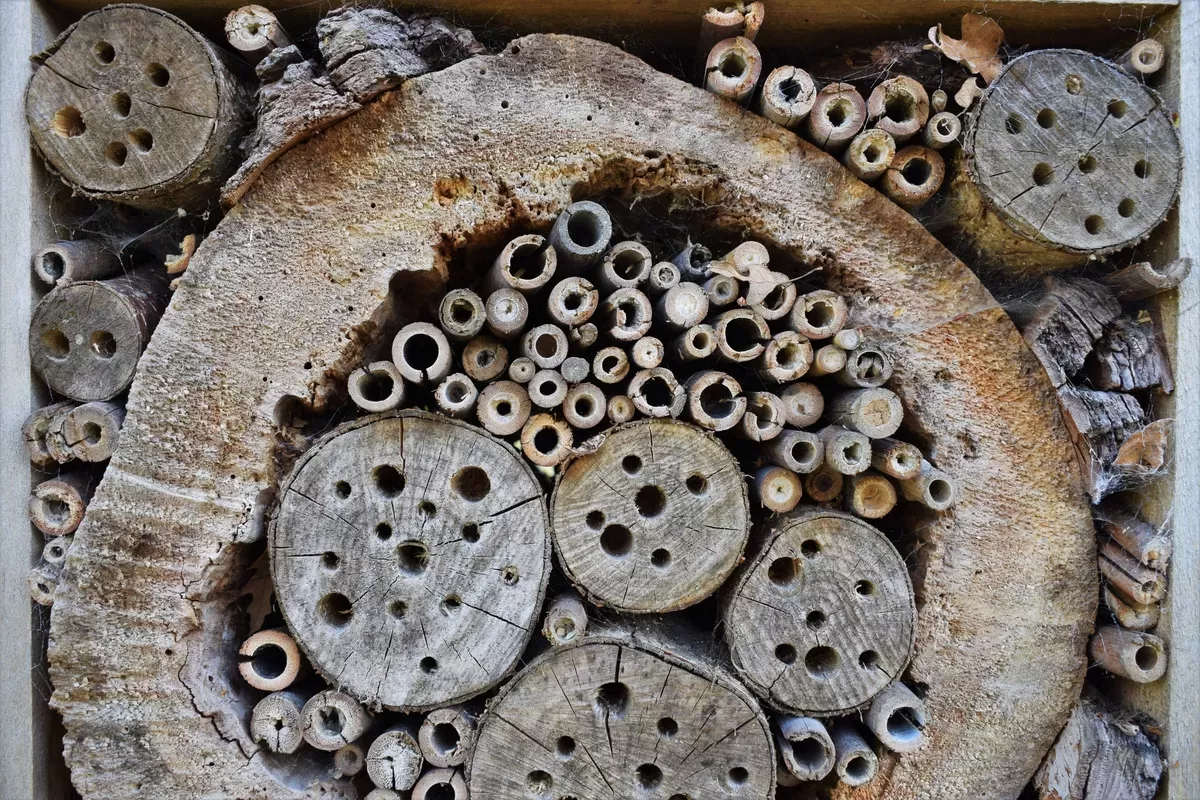
Hazel trees
Look out for small trees with hairy, floppy leaves which are soft to the touch.
They may be smaller than their woodland neighbours, but hazel trees are an important tree in British woodlands. Hazel flowers provide early pollen, which is a good food source for bees.
Hazelnuts provide food for lots of different woodland birds, such as woodpeckers and jays. Hazelnuts are especially important for our extremely vulnerable hazel dormouse. Dormice eat them to fatten up for hibernation, and in spring the leaves are good places to find the caterpillars that dormice also eat.
Woodpeckers
While you're exploring the Natural Area, listen out for a 'tap, tap, tap'. Look up and you might just see the culprit.
One of the most common woodpeckers that live in the UK are great spotted woodpeckers.
As their name suggests, they have distinctive speckled white and black feathers, with red feathers on the top of their heads.
You might spot these birds clinging to the sides of the trees and branches. Using their powerful beaks, they peck tree bark to find insects before snatching them up with their long tongues.
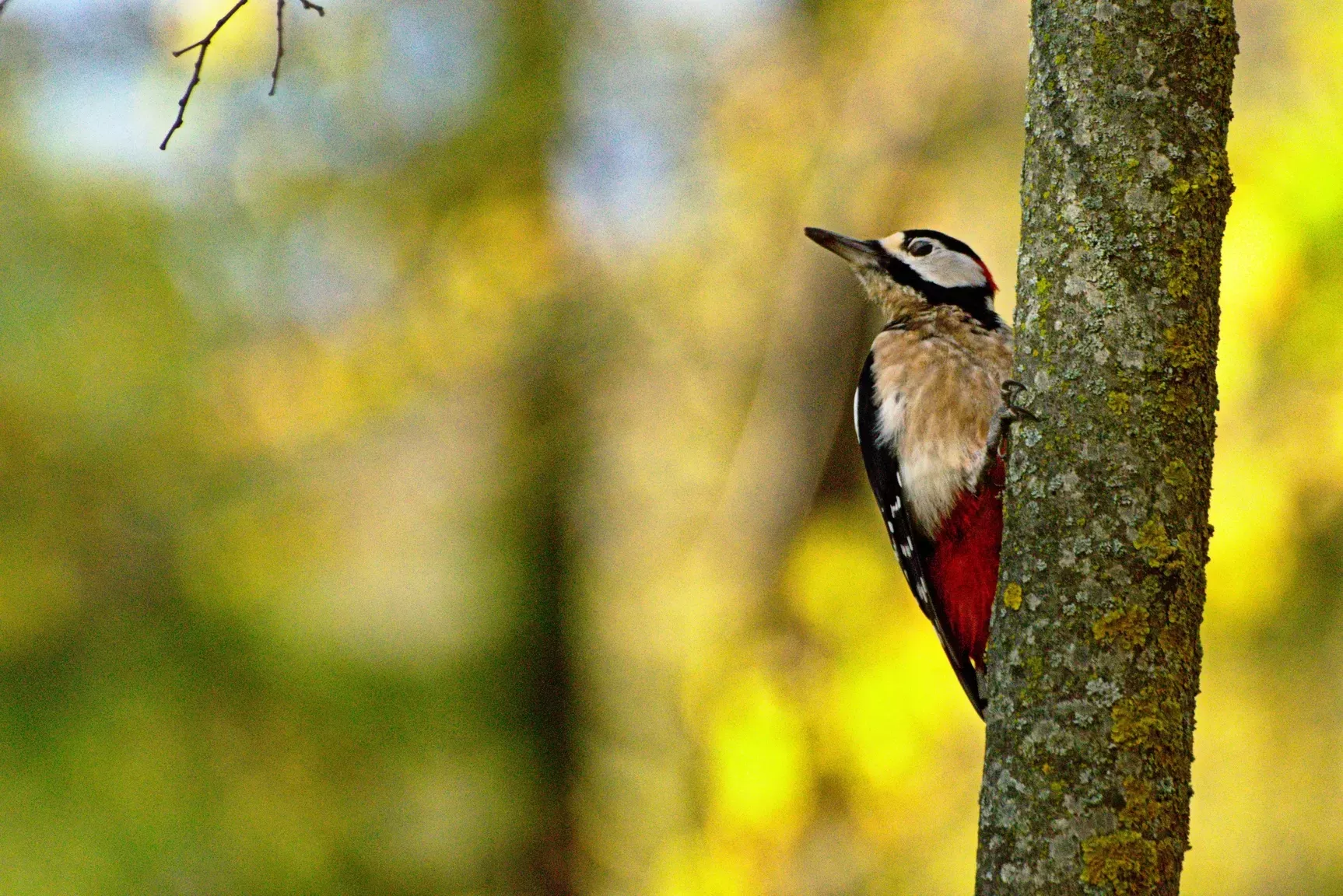
Beech trees
Stop and take a look at our mighty beech trees.
Given space, the beech will spread its branches out wide and can grow to the impressive height of 42 metres.
These mighty trees are able to reach their size because they're light hoggers. They overshadow other woodland plants, as their leaves are arranged to overlap and capture as much sunlight as possible.
They hog light so efficiently that fungi is the only thing that thrives in the dim light under a beech canopy.
Beech trees help the woodland out in other ways though, as beech nuts provide food for woodland animals such as squirrels and badgers.
Badgers
These black and white creatures are nocturnal and shy so tend to hide in the day time and come out at night. But you’ll still be able to see signs of their nighttime activity if you look carefully.
Watch out for holes and scratch marks where they’ve been digging for juicy earthworms. You can also see the entrances to their setts – we have about 40 setts across the Gardens.
Explore the secret underground world of badgers for yourself in our life-sized badger sett at the start of the Woodland Walk.
